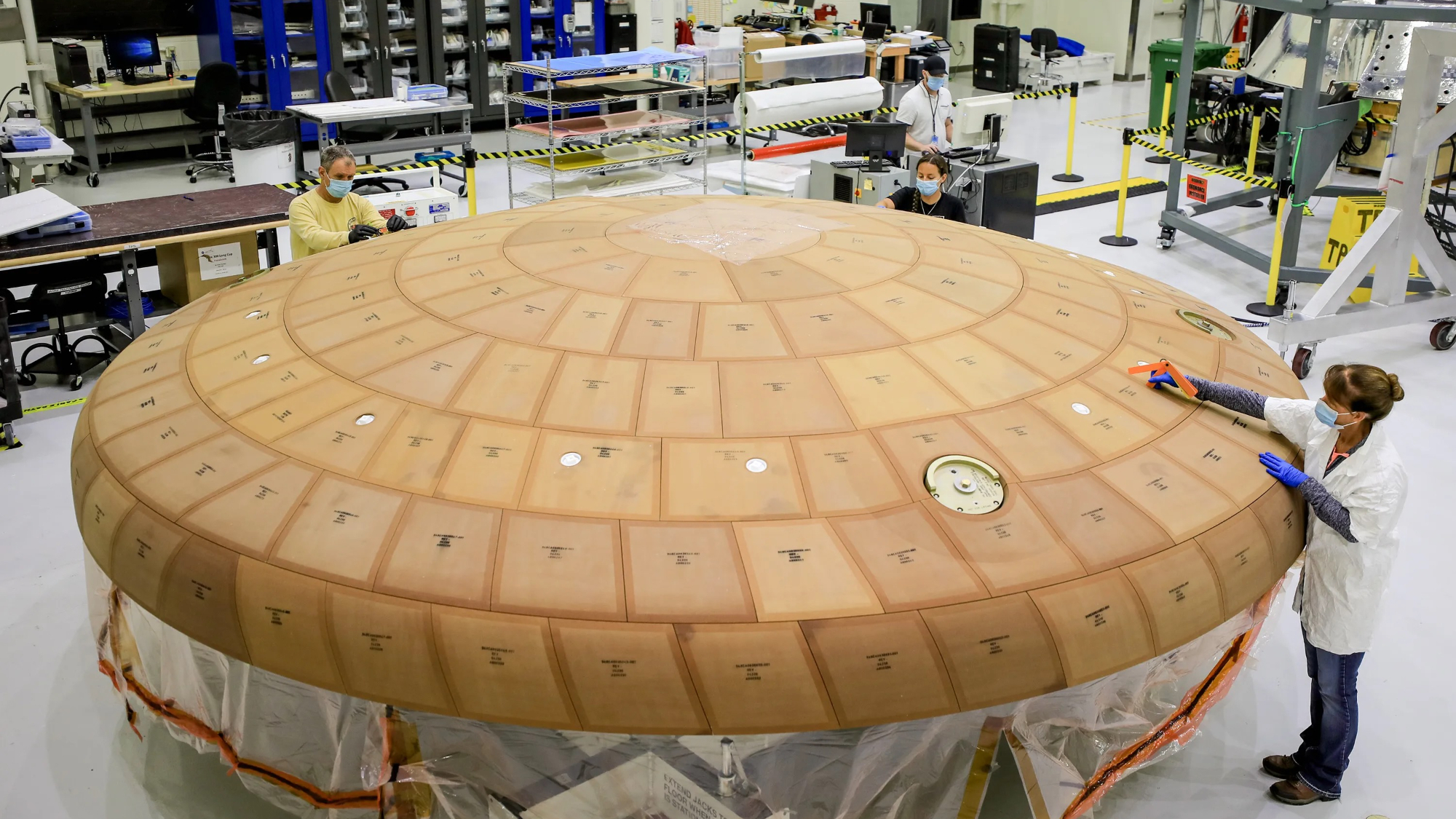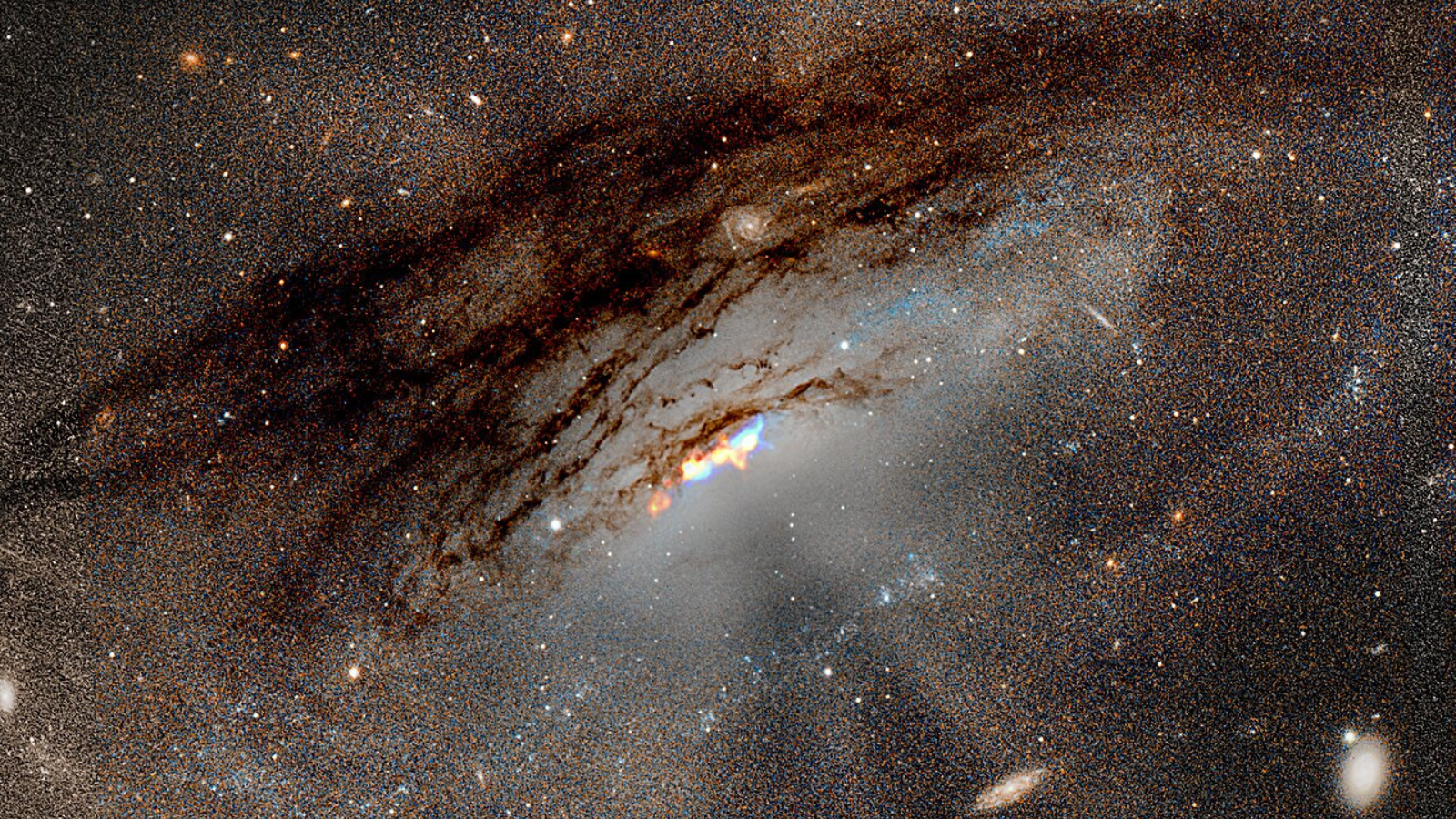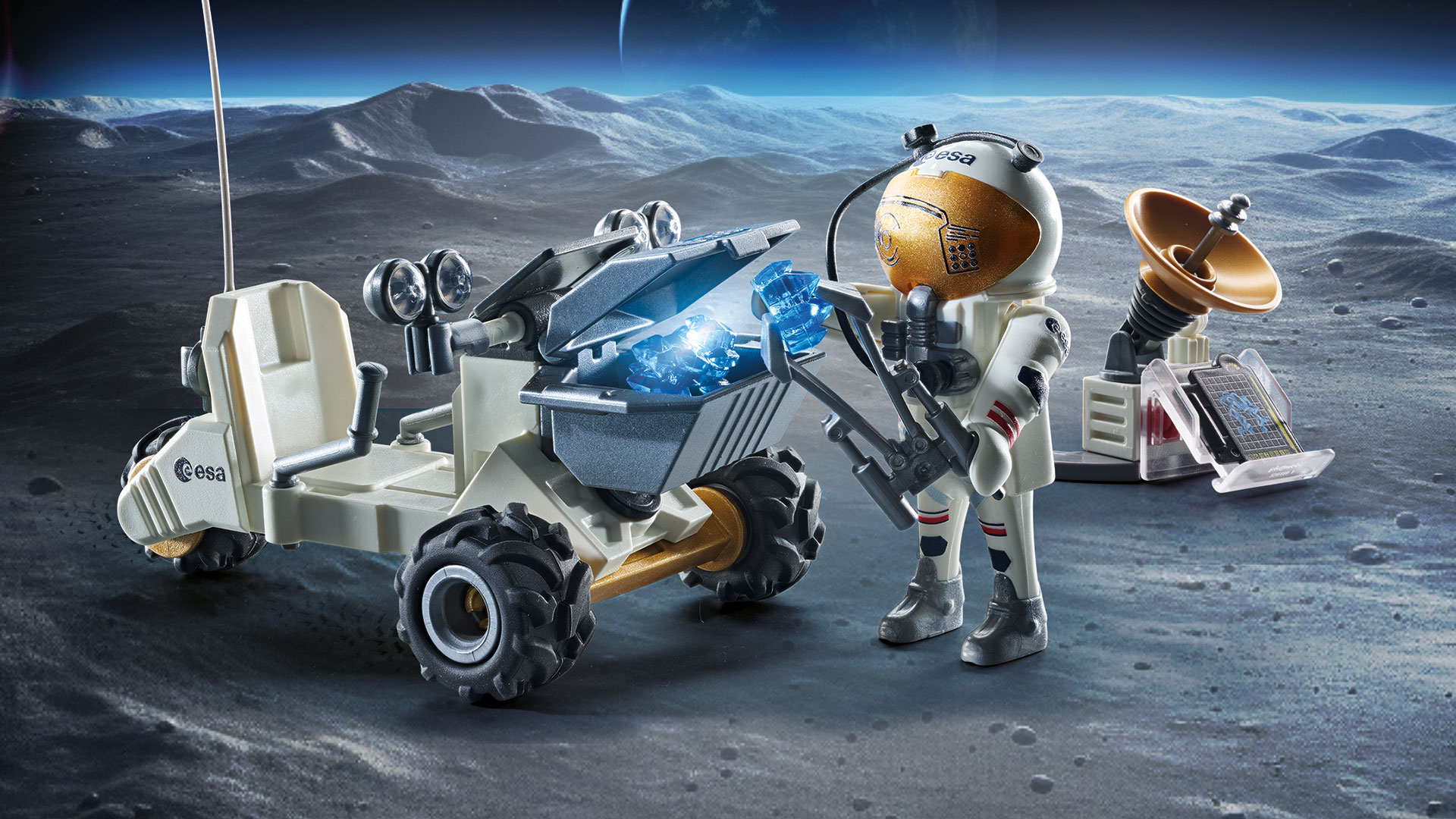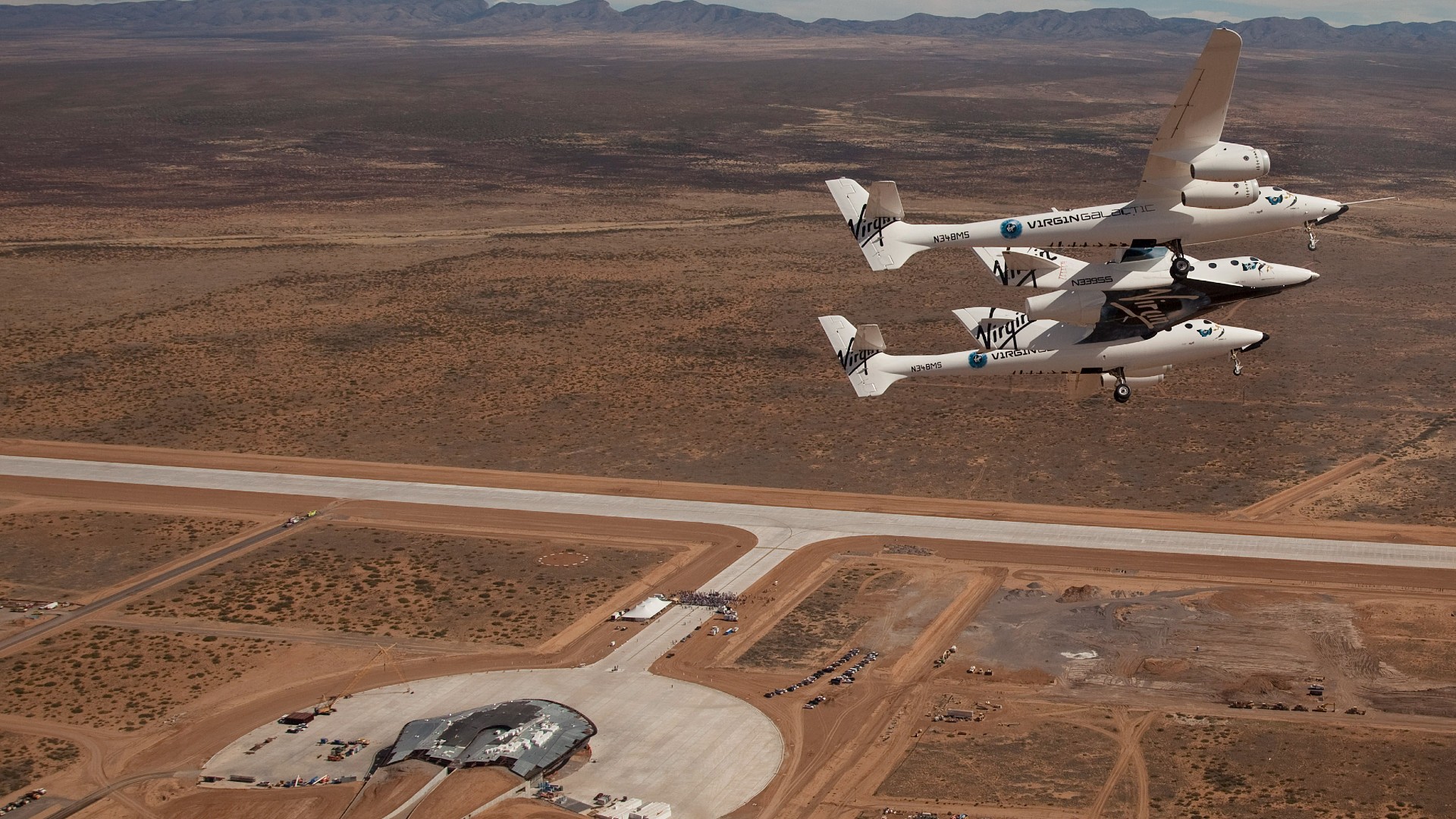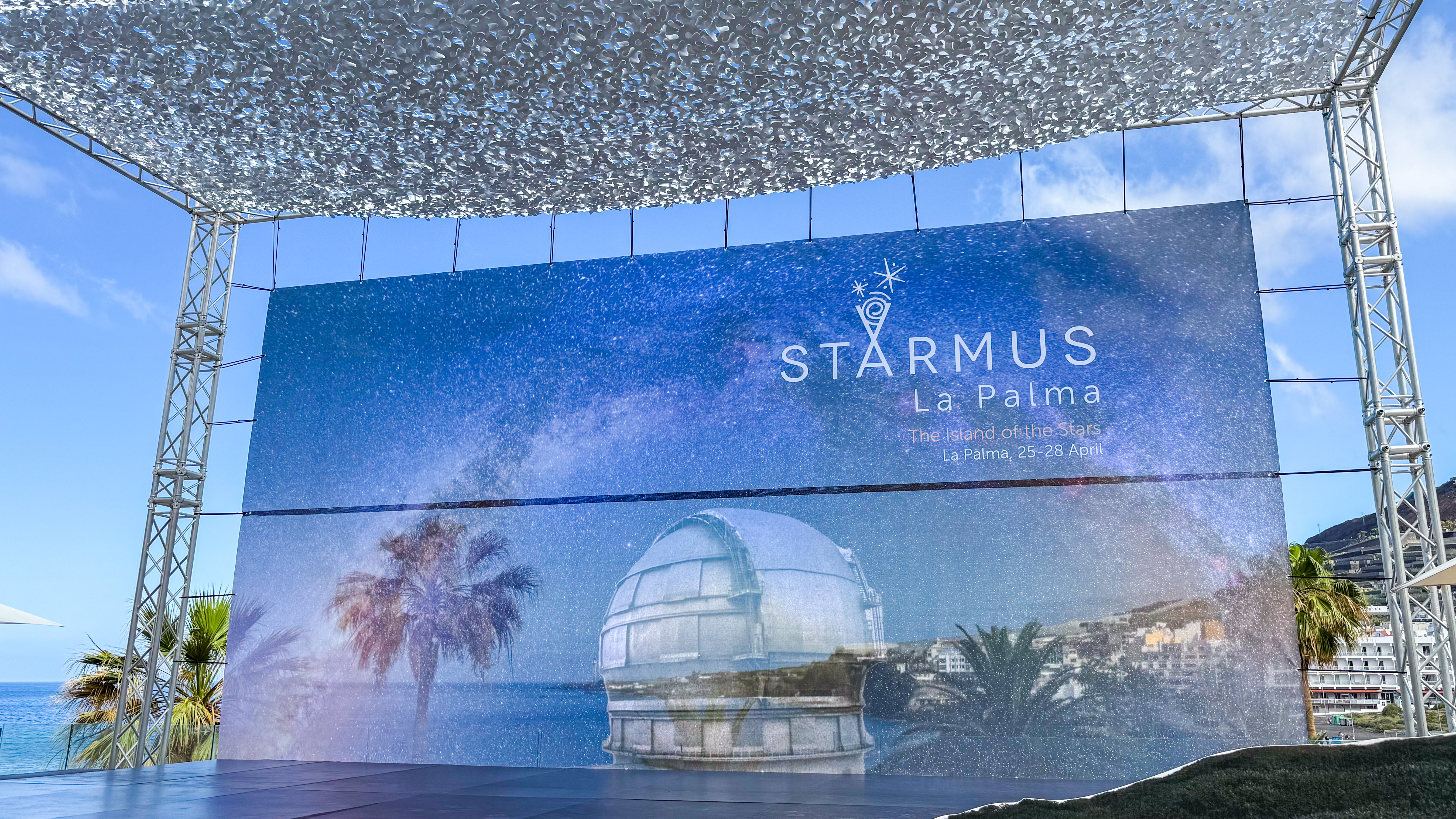SpaceX Proposing Expansion of Florida Launch Processing Facilities

WASHINGTON — SpaceX plans to significantly expand its footprint at NASA's Kennedy Space Center, a sign that its Falcon 9 and Falcon Heavy rockets will play a key role for the company for years to come even as it develops a more powerful vehicle.
A draft environmental assessment by NASA, dated April 11 but only recently released, discusses a proposal by SpaceX to develop facilities that would include a booster processing hangar and launch control center on 67 acres of KSC property. News of the plan was first reported by Florida Today.
The facility, located just off State Road 3, the main north-south road at the center, southwest of Launch Complex (LC) 39, would support a much higher launch rate of Falcon rockets, including processing of landed booster stages and recovered payload fairings for reuse. [SpaceX's Falcon Rocket Evolution in Pictures]
"This action is needed in order to increase the effective and cost efficient operation of space flight by providing Space X [sic] with facilities to support staff in planning, processing, and operating launches as part of their current returnable, re-usable space vehicles program (Falcon 9 and the Falcon Heavy)," the environmental assessment document states.
"The Proposed Action is necessary to support the growing Falcon 9 and Falcon Heavy launch manifest at LC-39A and LC-40," the two launch pads SpaceX currently uses at Cape Canaveral, according to the document. That includes up to 10 launches a year of the Falcon Heavy rocket, which made its first and, to date, only launch in February. The document doesn't mention how many Falcon 9 launches are expected, but the document anticipates up to 54 landings a year of the Falcon 9 first stage, either at Cape Canaveral or on a drone ship at sea.
The centerpiece of the facility would be a new control center. "The launch control center is envisioned to be world-class, architecturally distinctive, and equipped for satellite, cargo, and crew missions," it states. Illustrations of the center include a tower up to 90 meters tall, along with other facilities to handle launch and landing operations and related activities.
The facility would also include a processing and storage facility for landed boosters and recovered payload fairings. That facility would cover more than 12,000 square meters, with about two-thirds of it for booster processing and the rest for fairing processing.
Get the Space.com Newsletter
Breaking space news, the latest updates on rocket launches, skywatching events and more!
Other aspects of the site mentioned in the document include a "rocket garden" of Falcon rockets and Dragon spacecraft on display, a security office and a utilities yard. Much of the property would be set aside for future, unspecified use.
The document doesn't include schedules for building the facilities, or their estimated cost. The assessment concluded that building the facilities "would not likely cause any significant cumulative impacts" to the environment in and around the center.
Notably absent from the environment assessment is any discussion of SpaceX's Big Falcon Rocket (BFR), the giant two-stage fully reusable launch vehicle the company is developing. The document's discussion of SpaceX launch plans from Cape Canaveral, and the facilities planned to support them, is limited to the Falcon 9 and Falcon Heavy.
During a teleconference with reporters in May prior to the first launch of the Block 5 variant of the Falcon 9, SpaceX Chief Executive Elon Musk said he estimated that the new version of the Falcon 9, designed for repeated reuse, would fly at least 300 times before being retired in favor of the BFR. SpaceX plans to build between 30 and 50 Block 5 first stages to support those launches.
While SpaceX illustrations of the BFR have shown it launching from LC-39A at KSC, Musk said in that call that the BFR would fly, at least initially, out of the company's launch site under development near Brownsville, Texas. The company broke ground on the Texas site in September 2014, with initial plans to use it for additional Falcon 9 and Falcon Heavy launches.
"Our South Texas launch site will be dedicated to BFR because we can get enough capacity with two launch complexes at Cape Canaveral and one at Vandenberg [Air Force Base in California] to handle all of the Falcon 9 and Falcon Heavy missions," he said in the call.
The planned expansion of SpaceX facilities was warmly received by Sen. Bill Nelson (D-Fla.) In a statement June 8 , he credited language in the 2017 NASA authorization act that extended a provision in federal law allowing the agency to lease property. That provision was set to expire at the end of 2017 prior to the bill's enactment in March 2017.
"Thanks to the NASA bill we passed last year to allow commercial space companies to expand their activities on NASA properties, SpaceX is now building a major new facility at KSC that will bring more jobs and provide yet another boost to the local economy," Nelson said.
This story was provided by SpaceNews, dedicated to covering all aspects of the space industry.
Join our Space Forums to keep talking space on the latest missions, night sky and more! And if you have a news tip, correction or comment, let us know at: community@space.com.

Jeff Foust is a Senior Staff Writer at SpaceNews, a space industry news magazine and website, where he writes about space policy, commercial spaceflight and other aerospace industry topics. Jeff has a Ph.D. in planetary sciences from the Massachusetts Institute of Technology and earned a bachelor's degree in geophysics and planetary science from the California Institute of Technology. You can see Jeff's latest projects by following him on Twitter.

